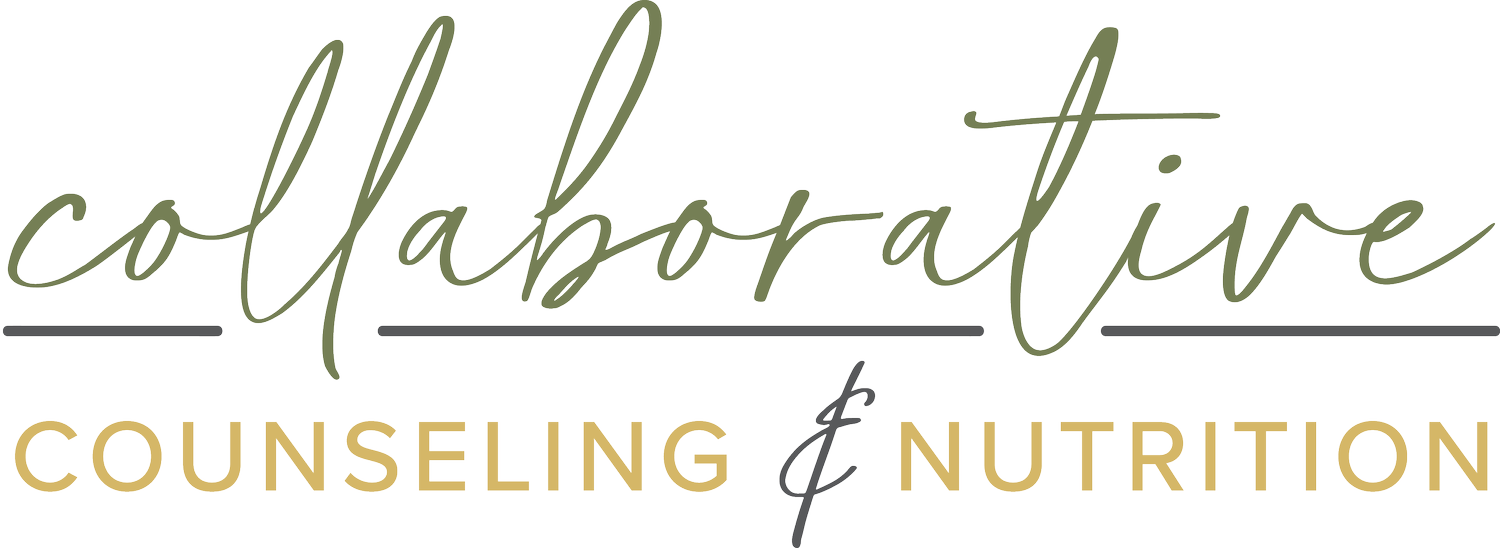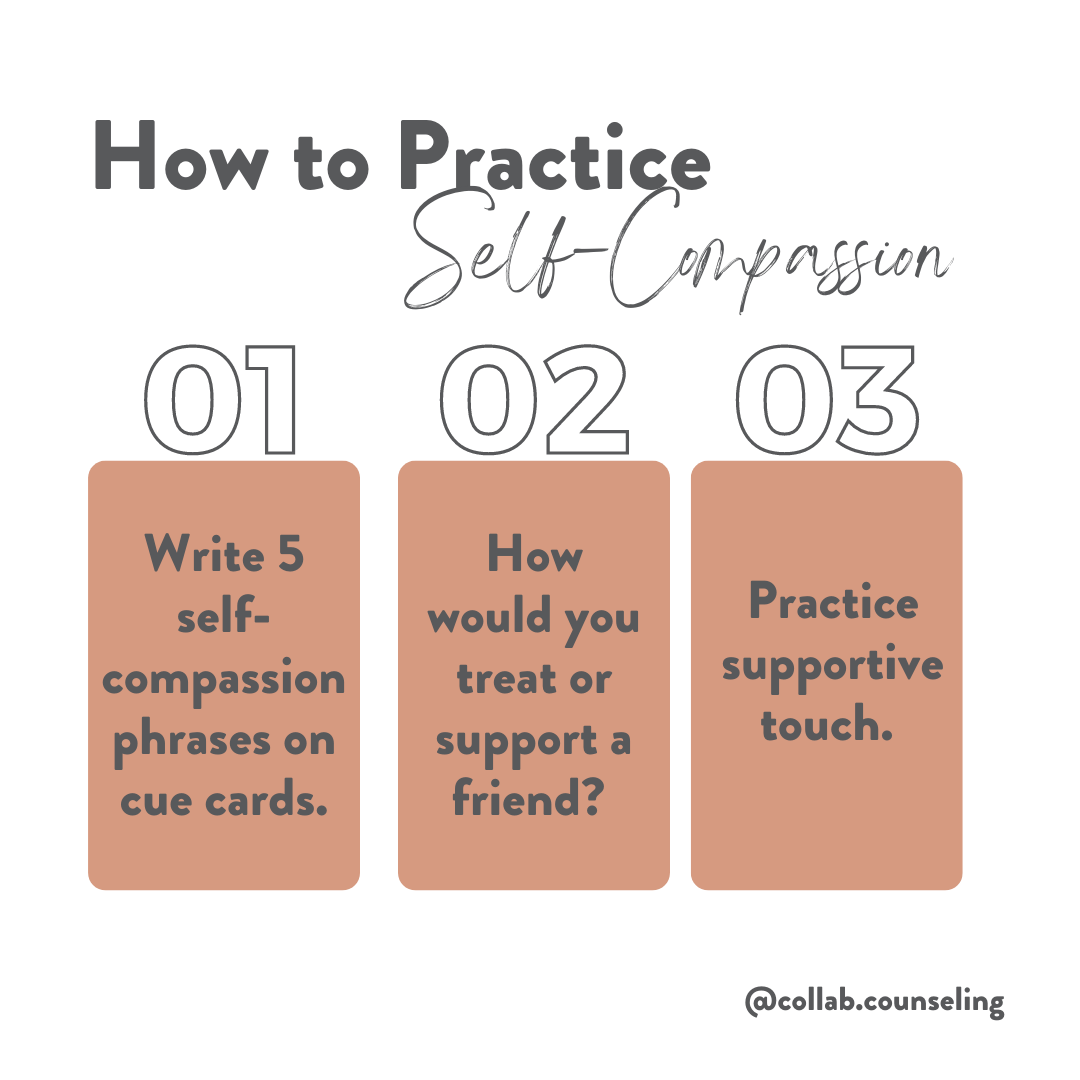3 Practices to Cultivate Self-Compassion
Reflect on a time that you felt compassion for someone – a friend, a child, or even a stranger in need. What was that compassion like? Maybe it was warm, non-judging, and kind.
Self-compassion involves applying that same loving kindness toward yourself.
We understand that it can be easier to show compassion for others than for yourself. We aren’t claiming that self-compassion can be cultivated at the snap of a finger. Instead, our aim is to introduce you to simple ways of practicing self-compassion for improved mental and physical well-being.
What is Self-Compassion?
Dr. Kristin Neff, a pioneer in the field of self-compassion research, states that self-compassion is simply the process of turning compassion inwards. Instead of ignoring your pain or criticizing your failures, you’re encouraged to bring kindness and understanding to the table.
The three dimensions of self-compassion are:
Self-kindness: being kind and understanding of oneself, versus judging or criticizing
Mindfulness: holding thoughts in balanced awareness rather than over-identifying with them
Common humanity: recognizing that suffering is part of the shared human experience – something all individuals experience rather than happening to “me” alone
“The key to self-compassion is not to deny suffering, but to recognize that it’s perfectly normal. There isn’t anything wrong with the imperfection of life as long as we don’t expect it to be other than it is.” Self-Compassion: The Proven Power of Being Kind to Yourself, Kristin Neff
It’s important to note that self-compassion is NOT letting yourself off the hook. True strength comes from motivating yourself from a place of love versus a place of fear. Be gentle with yourself as you make this subtle shift.
Self-Compassion in Eating Disorder Recovery
Self-compassion can help you foster positive motivation in eating disorder recovery.
A review article published in Body Image examined 28 studies linking self-compassion to body image and disordered eating. Findings across these studies associated self-compassion with [1]:
Lower levels of body-dysmorphic symptoms
Decreased eating disorder behaviors
Lower self-punishment as a motivator for not eating
Increased self-esteem
Simply put, your eating disorder cannot thrive in an environment of self-compassion.
Each time you invite understanding and non-judgment into your self-talk, you’re turning down the volume of your critical ED voice. You’re inviting progress, not measuring perfection.
How to Practice Self-Compassion
Explore these three practices for cultivating self-compassion. Like any new practice, they may feel strange or uncomfortable at first. Be patient with yourself as you try a new way of relating to your thoughts.
Practice 1. Write 5 self-compassion phrases on cue cards.
Create a deck of self-compassion cards. Keep this deck on your nightstand, in or desk drawer, or on your bathroom vanity – anywhere you can easily refer back to.
When you notice difficult thoughts or emotions, simply pick up one of your cue cards and silently repeat it to yourself. This will help disrupt harmful thoughts so that you don’t get stuck in a downward spiral.
Example phrases include:
I am not alone in this.
Everybody makes mistakes and no one is perfect.
May I be kind to myself in this moment?
I am worthy of self-compassion.
It’s OK to feel this way.
Write your own phrases that include the three elements of self-compassion: self-kindness, mindfulness, and common humanity.
Practice 2. How would you treat a friend?
One of the quickest ways to practice self-compassion is to support yourself the way you would support your friend. Consider the following:
When you are at your best, how do you support your friend?
What is the best advice you’ve given to a loved one when they were struggling?
What tone do you use when talking to a friend in need?
Are you beginning to notice a difference in the way that you speak to yourself versus a friend? Try treating yourself in a way that you would a friend and see what happens.
Practice 3. Supportive touch.
It’s difficult to practice self-compassion when stressed or hurried. This practice of supportive touch helps calm the nervous system so that you can feel centered and grounded.
Try it:
Place your hands on your heart, one on top of the other.
Take 3 full deep breaths, noticing the gentle rise and fall of your chest.
Continue to breathe in and out as long ask you’d like.
Linger in the soothing sensations.
Placing your hand on your heart and your attention on your breath automatically draws you back into the present moment. Take mini self-compassion breaks with this practice throughout your day!
What is one small step that you can take towards practicing self-compassion today?
Sources Used:
Braun, T. D., Park, C. L., & Gorin, A. (2016). Self-compassion, body image, and disordered eating: A review of the literature. Body Image,17, 117-131
https://self-compassion.org/
Collaborative Counseling & Nutrition is an outpatient nutrition and body image counseling center, with locations in Indianapolis and Carmel, that provides compassionate, holistic eating disorder treatment. Through practicing mindfulness, intuition, and Health At Every Size, we are on a mission to help you find a true state of well-being! We take an anti-diet, weight-inclusive approach with all our clients and work to help guide you towards a way of healthy living designed by you, just for you! This post is for education purposes only and should not be used as a substitute for treatment for an eating disorder. If you are looking for a registered dietitian or therapist to assist you on your recovery journey, please reach out today!


